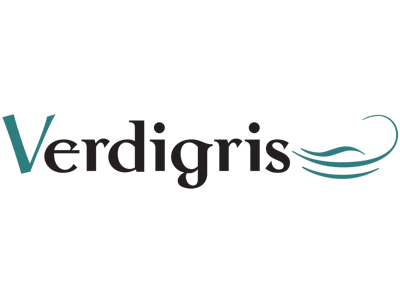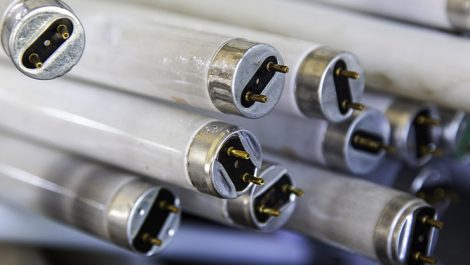Corporate Knights is a Canadian research and publishing company dedicated to reporting on sustainable capitalism. Since 2005 it has compiled an annual list of the top one hundred most sustainable companies in the world. Corporate Knight conducts its evaluations independently and companies make no submissions, except to verify data if they are shortlisted. There are no printing companies on the Global Sustainability Index and only one paper maker. This is unsurprising given the high entry bar: only publicly traded companies with revenues of $1 billion plus are considered. Nonetheless it might be worth looking at what matters when looking at the world’s leading one hundred companies and how they are pushing sustainability forward. Perhaps the graphics industry could learn a thing or two.
Corporate Knights uses various publicly declared data to evaluate and rank the contenders from a pool of around 7500, which come from all geographies around the world. The criteria include the obvious such as having active environmental policies and not being engaged in destructive businesses, such as arms trading and tobacco manufacturing. Then there are the less obvious criteria such as diversity and pay equity. Altogether Corporate Knights considers 21 factors and weights and scores them according to industry sector expectations.
The Key Performance Indicators are management of money, people and resources, sources of revenue and sustainability performance as a supplier. From an environmental perspective, the part of this that is the most interesting is the resources management. And it is in resource management criteria that the graphics industry has an interesting paradigm to consider. Energy use, and specifically renewable energy use, is top of the Corporate Knights list, with Scope 1 and 2 greenhouse gas (GHG) emissions close behind. Scope 1 emissions are emissions generated directly from a company’s own resources, and Scope 2 emissions are those generated by energy suppliers and together they provide a comprehensive GHG data set. Water use and waste productivity are also evaluated, based on the amounts of non-recycled or reused waste generated. Volatile Organic Compounds and nitrogen oxide emissions are factored in as well.
This ranking is really more about corporate health than the health of the environment, but there is no close equivalent to it in the graphics industry. There have been sporadic and half-hearted attempts to recognised environmentally sustainable companies but, with rare exceptions such as Kodak’s Green Leaf, they have not gained much attention. Perhaps now is the time for the industry to consider a ranking along the lines of what Corporate Knights do, in addition to a broader recognition for environmental sustainability best practises.
– Laurel Brunner
This article was produced by the Verdigris Project, an industry initiative intended to raise awareness of print’s positive environmental impact. This weekly commentary helps printing companies keep up to date with environmental standards, and how environmentally friendly business management can help improve their bottom lines. Verdigris is supported by the following companies: Agfa Graphics, EFI, Fespa, HP, Kodak, Kornit, Ricoh, Spindrift, Splash PR, Unity Publishing and Xeikon.





